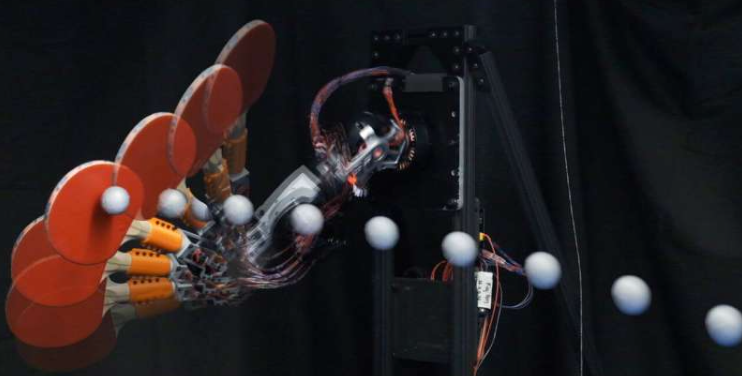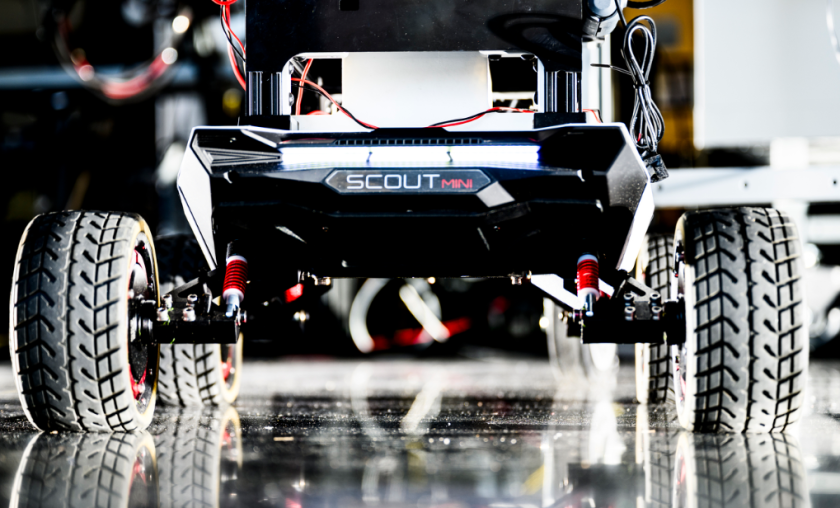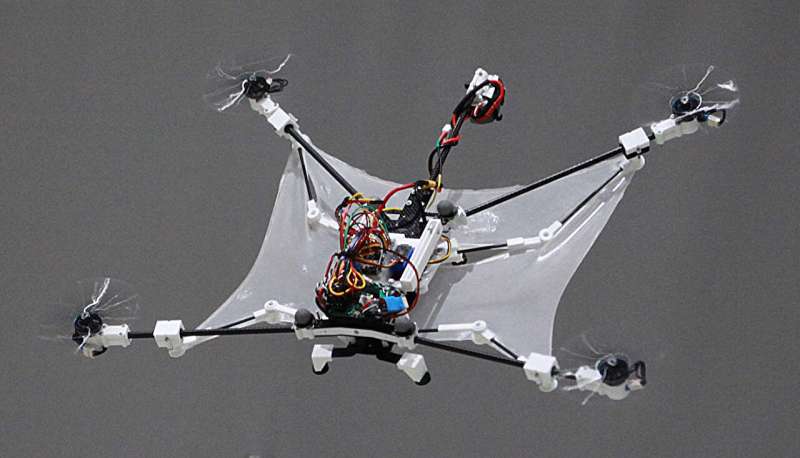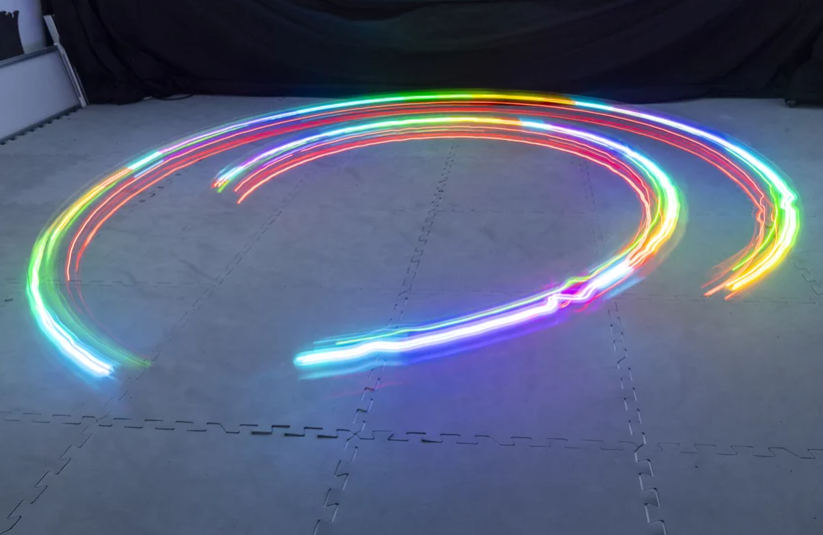
A team of biologists and robotic engineers recently used virtual reality (VR) to crack the code of how fish school, with the goal of teaching robots to swarm in the same way. Imagine you’re at a party where everyone’s dancing to the same rhythm, but there’s no DJ or leader telling people what to do. Everyone just knows how to stay in sync, avoid bumping into each other, and respond to changes in the crowd. That’s basically what schools of fish do, and it’s something that robots have struggled to replicate, until now.
Here’s where the cool part comes in. The team set up a VR system where juvenile zebrafish could interact with virtual fish, each controlled by a computer. It was like a fish version of The Matrix, except no one was plugged into anything, just a bunch of little fish swimming in 3D space, interacting with holographic fish versions of themselves. This setup let researchers control exactly what the fish saw and how they interacted, so they could isolate the specific cues fish use to stay in sync. It’s kind of like having a backstage pass to a fish’s thought process.
Fish Follow Simple Rule for Swarming: Position Over Speed
The breakthrough came when the team discovered that the fish follow a simple rule to stay in formation. Instead of worrying about how fast their neighbors are swimming, they just focus on their position. Think of it like playing a game of “Follow the Leader”, but instead of running after the leader, you just look around and adjust to everyone’s location. Iain Couzin, one of the researchers, summed it up by saying the fish use rules that are “cognitively minimal, but functionally excellent”. It’s like they’ve figured out a cheat code for coordinated movement with almost no mental effort.
To make sure they were onto something, they put the fish through a “Turing test”, where they swam alongside a virtual fish controlled by the very same algorithm. The real fish couldn’t tell the difference between their holographic buddy and a fellow fish. It was like a fish version of the classic “Do you believe in AI?” test.
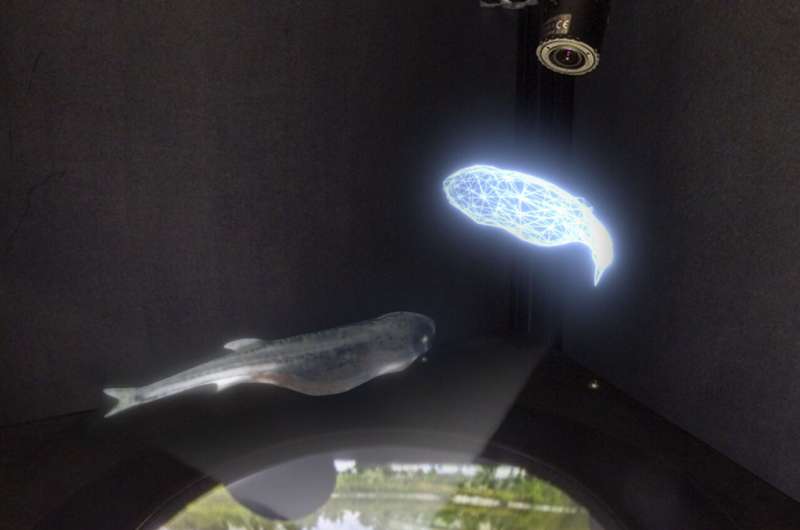
Fish-Inspired Algorithm Outperforms Advanced Robots with Simplicity and Efficiency
But here’s where it gets even more interesting. The team didn’t stop with just fish. They took their algorithm and plugged it into robotic cars, drones, and boats, tasking them with following a moving target. They then compared the performance to a top-tier method used in self-driving cars called Model Predictive Control (MPC). And guess what? The fish-inspired control law performed nearly as well as MPC, on accuracy and energy efficiency. The kicker was that the fish method was way simpler than MPC. It’s like discovering that a group of fish, with their tiny brains, has been solving a problem in a much more efficient way than the world’s most advanced robots.
Takeaway
This research shows just how much we can learn from nature. It’s like looking at how birds migrate and realizing we could use that knowledge to build better navigation systems. The team’s work has the potential to make swarming robots more efficient, less complex, and better at working together in the future.
The research, published in Science Robotics, was led by a group of scientists from the Max Planck Institute of Animal Behavior and Eötvös University, with key players like Liang Li, Iain Couzin, and Máté Nagy on the project.
Source: Max Planck Gesellschaft

